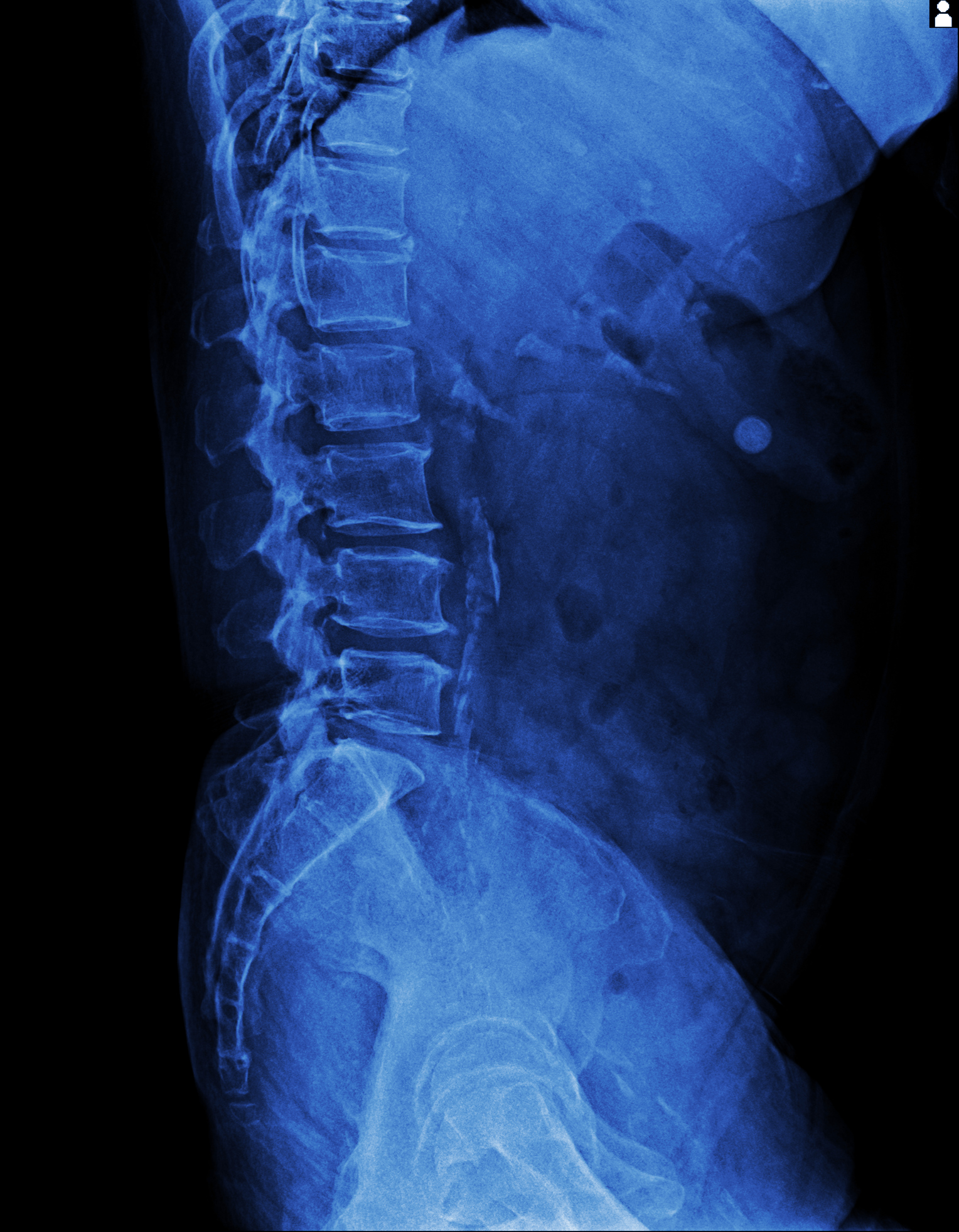
Flatback Syndrome
Serving the South Florida area with locations in Hollywood and Miami, FL
Dr. Andreas C. Tomac, MD, PhD, FAANS is a distinguished neurosurgeon specializing in diagnosing and treating Flatback Syndrome.
Treating Flatback Syndrome

How is Flatback Syndrome diagnosed?
Diagnosing Flatback Syndrome involves a comprehensive assessment by healthcare professionals, including a detailed medical history review and physical examination. Imaging studies such as X-rays, CT scans, and MRIs are crucial for evaluating spinal alignment and identifying abnormalities. X-rays measure spinal curvature, while CT scans and MRIs provide detailed insights. Dynamic imaging studies may assess spine flexibility. The combination of clinical evaluation and diagnostic imaging enables accurate diagnosis, leading to a tailored treatment plan for individuals with Flatback Syndrome.

What treatments are available?
Treatment options for Flatback Syndrome may vary based on the severity of symptoms and the individual’s overall health. A neurosurgeon like Dr. Tomac can provide expertise in both non-surgical and surgical interventions. Common treatment approaches include:
Conservative Treatments:
- Physical Therapy: Targeted exercises to improve posture, strengthen muscles, and enhance flexibility.
- Pain Management: Medications for pain relief, including nonsteroidal anti-inflammatory drugs (NSAIDs).
- Lifestyle Modifications: Recommendations for maintaining a healthy lifestyle, including avoiding prolonged standing or walking.
Interventional Procedures:
- Epidural Steroid Injections: Injections into the epidural space to deliver anti-inflammatory medication and reduce pain and inflammation.
Surgical Options:
- Spinal Fusion: Surgical procedure to stabilize the spine and restore proper alignment. This may involve fusion of specific vertebrae to maintain curvature.
- Osteotomy: Surgical procedure to correct the alignment of the spine by removing or repositioning bone segments.
